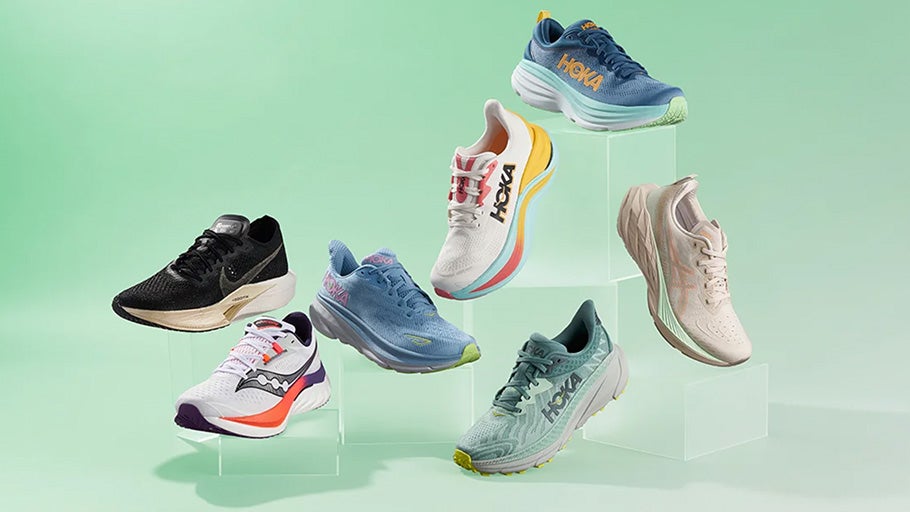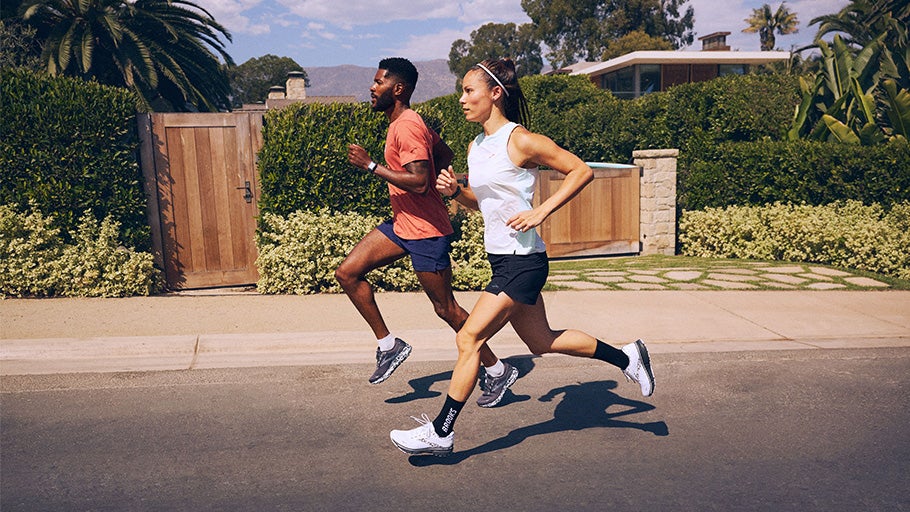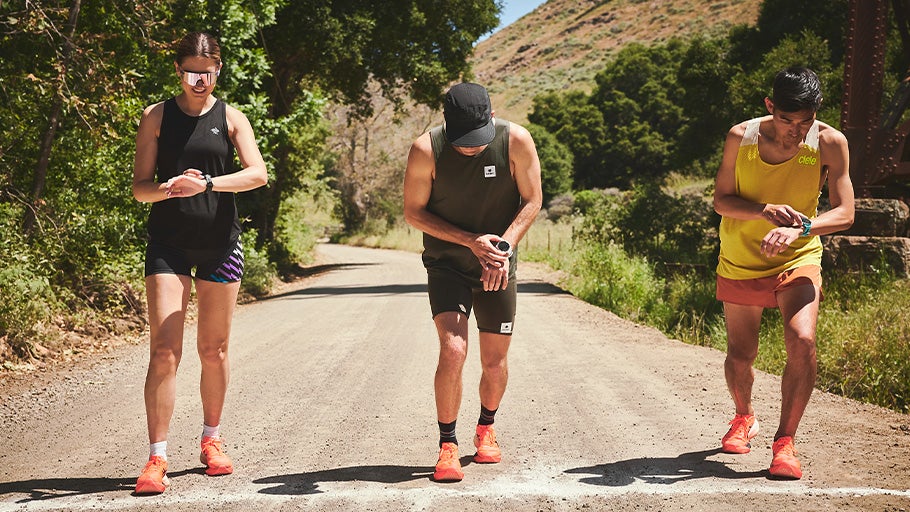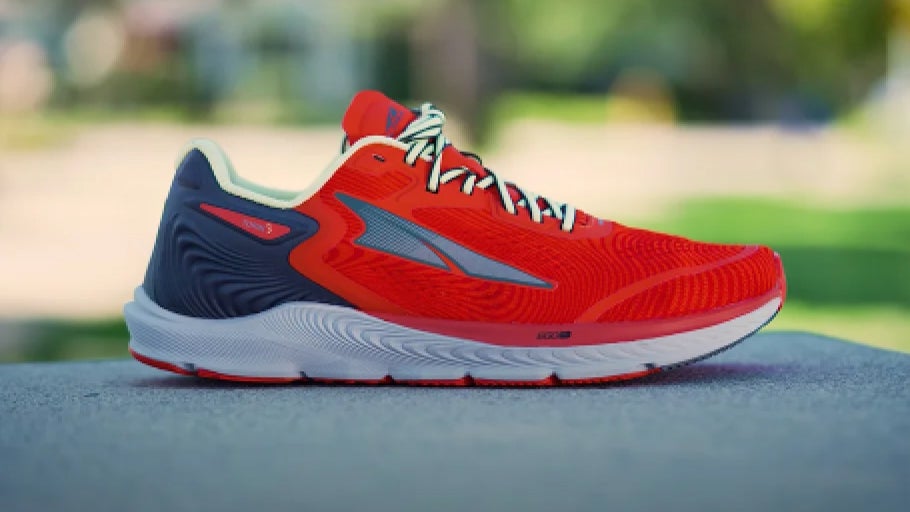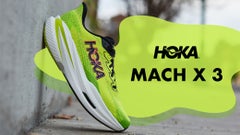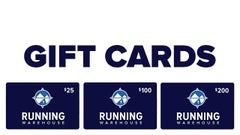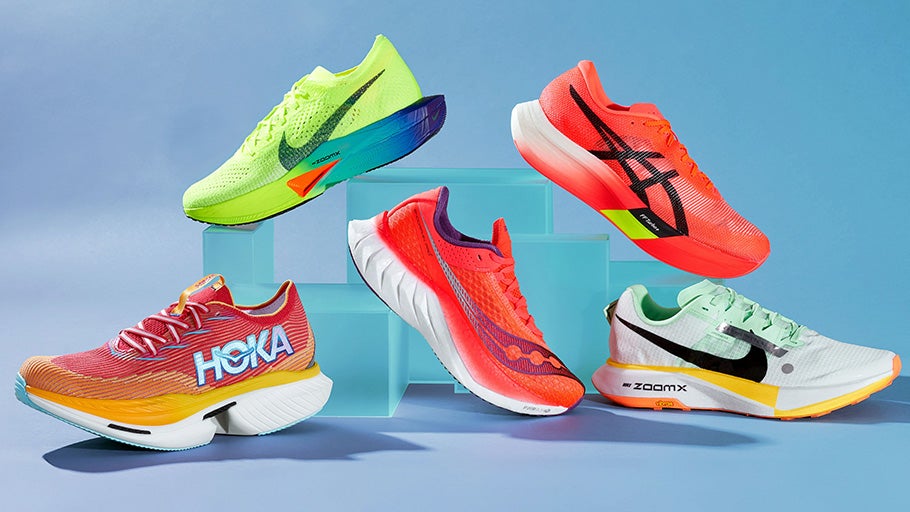
How to Build a Running Shoe Rotation
Whether you’re new to running or a seasoned road warrior, having the right shoes can make all the difference. A running shoe rotation, or using different shoes for different types of runs, helps you train smarter, reduce injury risk, and keep every mile enjoyable. Understanding how running shoe rotation works, why it benefits you, and how to create a rotation that aligns with your running goals can help maximize your running potential.
What is a Shoe Rotation?
Much like a tool belt has different tools for different tasks, running shoes are designed with specific purposes in mind, offering unique experiences for each run. A "shoe rotation" means having two or more shoes with different features to choose from, helping you tackle a variety of runs. While one pair can get the job done, a small “quiver” of shoes lets you rotate between options for different workouts, terrains, and speeds.
How to Build a Shoe Rotation
Building a shoe rotation is all about matching the right shoe to the right run. Follow these steps to get started:
Step 1: Prioritize Your Daily Trainer
Finding a running shoe that fits properly and works well for your everyday runs is the foundation of building a shoe rotation. Once you find the shoe that works best for you, we recommend using that shoe's fit, stability level, and offset as a reference when adding shoes to your shoe rotation for speed, long runs, or race day.
Step 2: Rotate Shoes According to Workouts
As your training evolves, alternate the shoes you run in based on the type of run you’re doing. Long runs, speed workouts and trail runs all benefit from different shoes designed for these purposes. When expanding your shoe rotation, think about the kind of running you plan to do and choose shoes with features that will support those efforts.
Step 3: Replace Your Shoes as They Wear Out
Keep track of mileage and wear on your running shoes and be sure to replace them when they show signs of wearing out. Replacing shoes before they’re worn out reduces injury risk and ensures peak performance on every run.
Why should you own multiple pairs of running shoes?
Many runners ask themselves “should you have a running shoe rotation?” While you can get by with one high-quality shoe, running in different shoes helps:
- Reduce injury risk
- Match shoes to different workout speeds
- Adapt to varying terrain
- Extend shoe lifespan
- Keep running fun
Reason #1: Reduce Injury Risk
Most running injuries stem from repetitive stress. Running in the same shoes every day puts your muscles and joints in the same position repeatedly. Switching between shoes with different cushioning levels or heel-to-toe drops introduces variety, which can help relieve stress, strengthen stabilizing muscles and help keep your run injury free.
Reason #2: Match Shoes to Workout Speeds
Soft, highly cushioned shoes are great for easy runs and recovery days, while lightweight, responsive models, such as performance trainers or racing shoes, shine during speed workouts. Choosing the right shoe for the pace and purpose of your run helps you move more efficiently and get the most out of every workout.
Reason #3: Adapt to Different Terrain
Different shoes are built to perform better on different surfaces and in different conditions. For example, trail shoes feature aggressive traction, durable uppers, and added protection for off-road terrain, while racing shoes are lightweight and less durable, making them better suited for road running. If you run on both pavement and trails, having shoes for each surface helps you stay safe and get the best performance.
Reason #4: Extend Shoe Lifespan
Rotating shoes gives the midsole foam time to rebound between runs, helping them last longer. Using the right shoe for its intended purpose, whether it’s road running, trail sessions, or racing, also prevents premature wear.
Reason #5: Keep Running Fun
Sometimes the choice comes down to feel. Tired legs may call for plush cushioning, while a motivated day might inspire you to lace up something light and snappy. Having options keeps running exciting!
Types of Shoes in Your Rotation
The shoes in your running rotation will depend on the type of running you enjoy and the goals you’re working toward. For fitness-focused runners, a rotation that includes daily trainers for everyday miles and performance trainers for faster workouts is common. For those who love hitting the trails, adding a durable pair of trail running shoes is essential.
Here are some running shoe options to consider when building your rotation:
Daily Trainers
Your workhorse shoe.
All-around running shoes, or daily trainers, are the foundation of a good shoe rotation. These shoes strike the right balance of comfort and responsiveness, making them versatile enough for daily training, faster workouts, long runs, and even cross-training. For beginners, we recommend choosing a daily trainer that fits well and supports your running style.
Performance Trainers
Speedy shoes for faster efforts.
Once you start racking up miles, you may also want to start improving the speed of your runs. Adding a solid pair of performance trainers to your rotation makes speed workouts easier and more enjoyable. These shoes trade a bit of comfort to deliver a fast, responsive and bouncy ride that helps you power through your uptempo runs.
Super Shoes
Elite shoes for going all out.
You’ve put in the training miles and built up your speed, so what’s next? From 5Ks to full marathons, super shoes (or racing shoes) are designed to help propel you forward with speed and efficiency. These shoes feature top-of-the-line technology, such as super responsive foams and carbon plated designs, to give you the edge you need for reaching your top speed and hitting that elusive PR on race day.
Trail Shoes
Durability meets off-road performance.
For those who like to take their runs off the pavement, a trail running shoe is an important addition to your running shoe rotation. Built for the outdoors, these shoes offer durable uppers and more aggressive traction for fire roads, singletrack, and mountainous trails. Those who run trails often may want to consider developing a rotation of trail-specific shoes as well, dedicating shoes specifically for fast trail runs, long trail runs, more technical trail runs, and even wet/muddy trail runs.
How Many Shoes Should be in a Rotation?
While one high-quality pair of shoes can get the job done, most runners benefit from two to three pairs of shoes to truly experience the benefits of a shoe rotation. The best shoe rotation is the one that fits your running needs, but these configurations can help you get started:
Common Shoe Rotation Options
- One shoe – two options: single speed or multiple speeds
- Only one pair of shoes? No problem! A single, well-fitting pair of daily trainers is more than enough to keep you running and is the first step to building a rotation. For steady miles, standard daily trainers or max cushion options are great choices. If you want to vary your speed, a more responsive, energetic daily trainer works well for a range of paces.
- Only one pair of shoes? No problem! A single, well-fitting pair of daily trainers is more than enough to keep you running and is the first step to building a rotation. For steady miles, standard daily trainers or max cushion options are great choices. If you want to vary your speed, a more responsive, energetic daily trainer works well for a range of paces.
- Two shoes – daily trainer and performance trainer
- With two shoes in your lineup, you get the best of both worlds: daily trainers to keep your easy runs comfortable and performance trainers to help you fly when it’s time to push the pace. This simple rotation makes training more fun and effective.
- With two shoes in your lineup, you get the best of both worlds: daily trainers to keep your easy runs comfortable and performance trainers to help you fly when it’s time to push the pace. This simple rotation makes training more fun and effective.
- Three shoes – daily trainer, performance trainer, super shoe
- For competitive runners, a three-shoe rotation is common: daily trainers for recovery runs and maintenance miles, performance trainers for speed workouts, and super shoes for occasional race prep runs and peak race day performance.
Advanced Shoe Rotation Additions
If you already have a solid shoe rotation but want to take your running arsenal to the next level, we’ve got you covered! Consider making these additions to your shoe rotation:
- Second Daily Trainer – Max Cushion
- For extra comfort on easy miles or recovery days, adding a pair of max-cushion daily trainers to your rotation helps keep your legs fresh and your training consistent
- For extra comfort on easy miles or recovery days, adding a pair of max-cushion daily trainers to your rotation helps keep your legs fresh and your training consistent
- Second Performance Trainer – Long Run Focus
- Looking to go the distance? Adding a pair of performance trainers made for long runs can make long miles feel more manageable and helps you build endurance without sacrificing comfort or support.
- Looking to go the distance? Adding a pair of performance trainers made for long runs can make long miles feel more manageable and helps you build endurance without sacrificing comfort or support.
- Second Super Shoe – Low Stack
- If you’re looking to feel every stride on race day, adding a low-stack super shoe to your rotation is worth considering. Super shoes with a lower stack will give you a snappy plated ride with excellent road feel, helping you run fast and confident when it matters most.
Frequently Asked Questions
Why do brands come out with updates every year?
Top running brands are always refining their shoes, using research, testing, and customer feedback to improve on previous models. Because running shoe technology evolves rapidly, updates often include enhancements to midsoles, cushioning foams, plates, and uppers, boosting comfort, energy return, and durability. These annual updates give runners access to the latest innovations without waiting several years.
How often should you change your running shoes?
Running shoes typically last for 300–500 miles, but factors like running style, terrain, and shoe type can affect their lifespan. Signs that it’s time to replace your shoes include midsole wear, worn outsoles, aches or pains, and visible damage. Monitoring these indicators helps ensure your shoes continue to provide proper support and comfort.
The Bottom Line: Should you have more than one pair of running shoes?
Building a running shoe rotation that meets your needs is more than just having multiple pairs; it’s about matching the right shoe to the right run to maximize comfort, performance, and longevity. Whether you’re a beginner using a single daily trainer or an advanced runner incorporating super shoes and performance trainers, using the best shoe rotation for your needs helps reduce injury risk, adapt to different terrains, and keep your training enjoyable.
By strategically selecting and rotating running shoes, you give your feet the support they need while ensuring each mile feels fresh and comfortable. Even small changes, like adding a second max-cushion daily trainer or a low-stack super shoe, can make a noticeable difference in your training outcomes. With a well-planned running shoe rotation, you’re not just running. You’re running smarter.

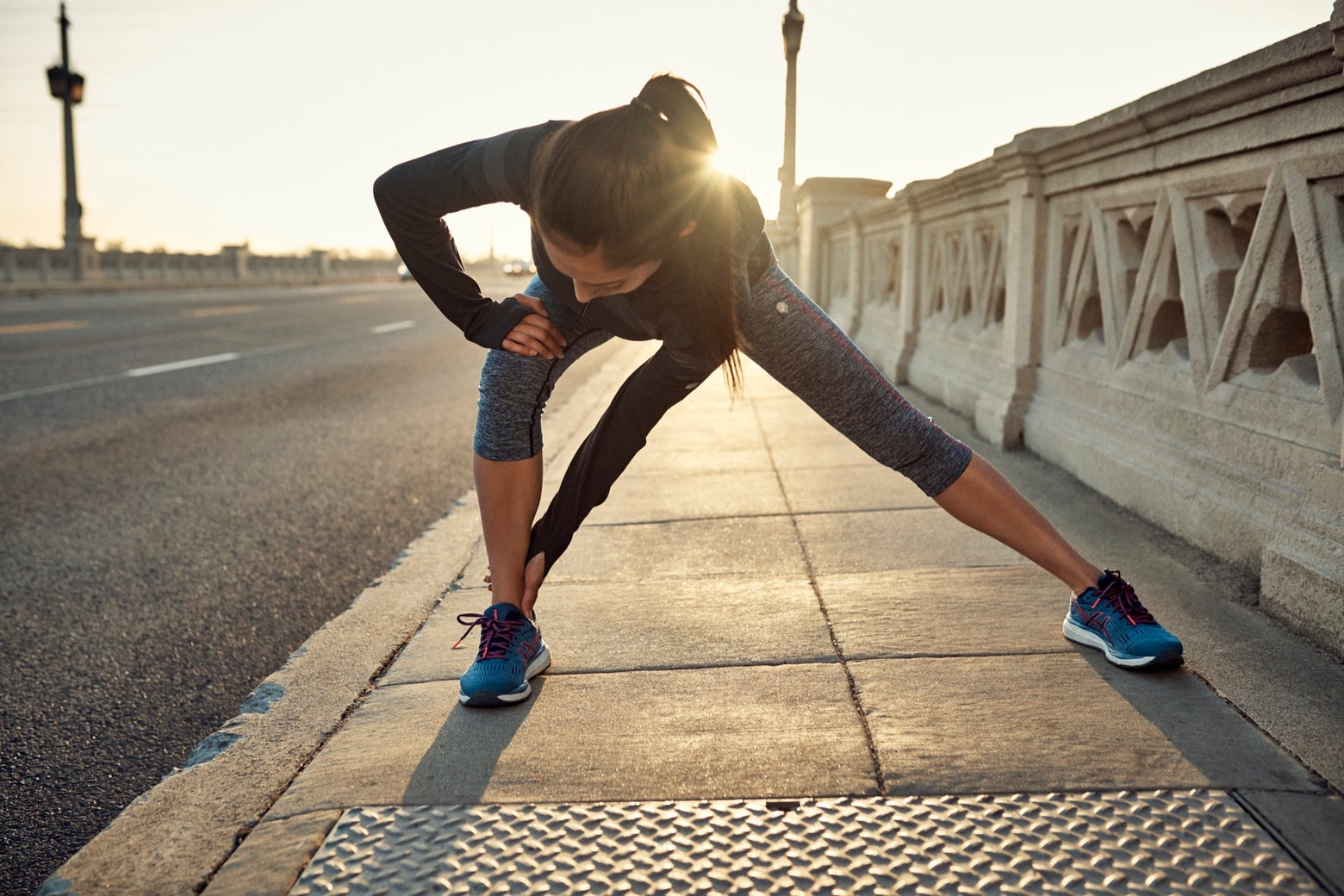




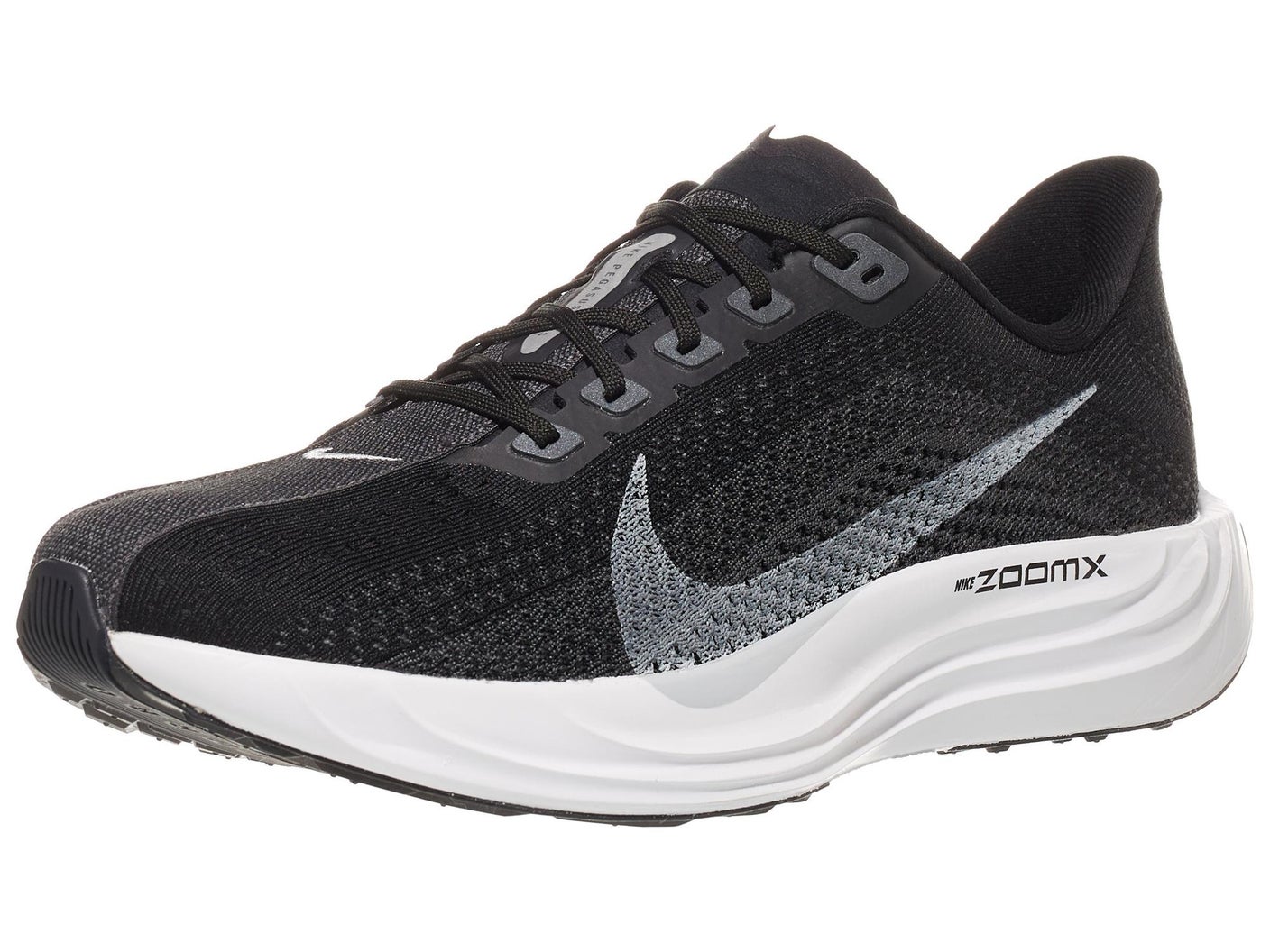
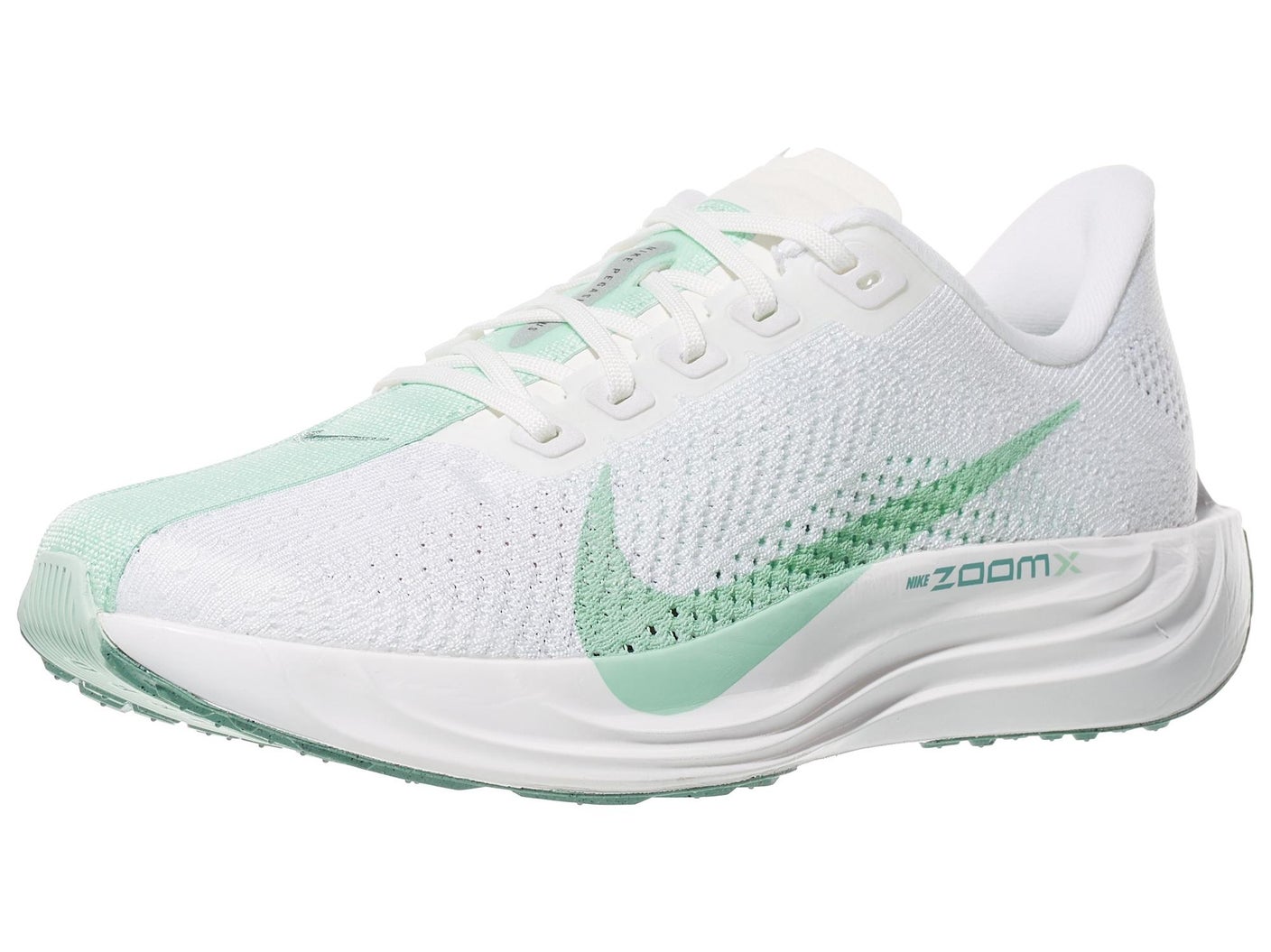





.jpg&nw=780)

